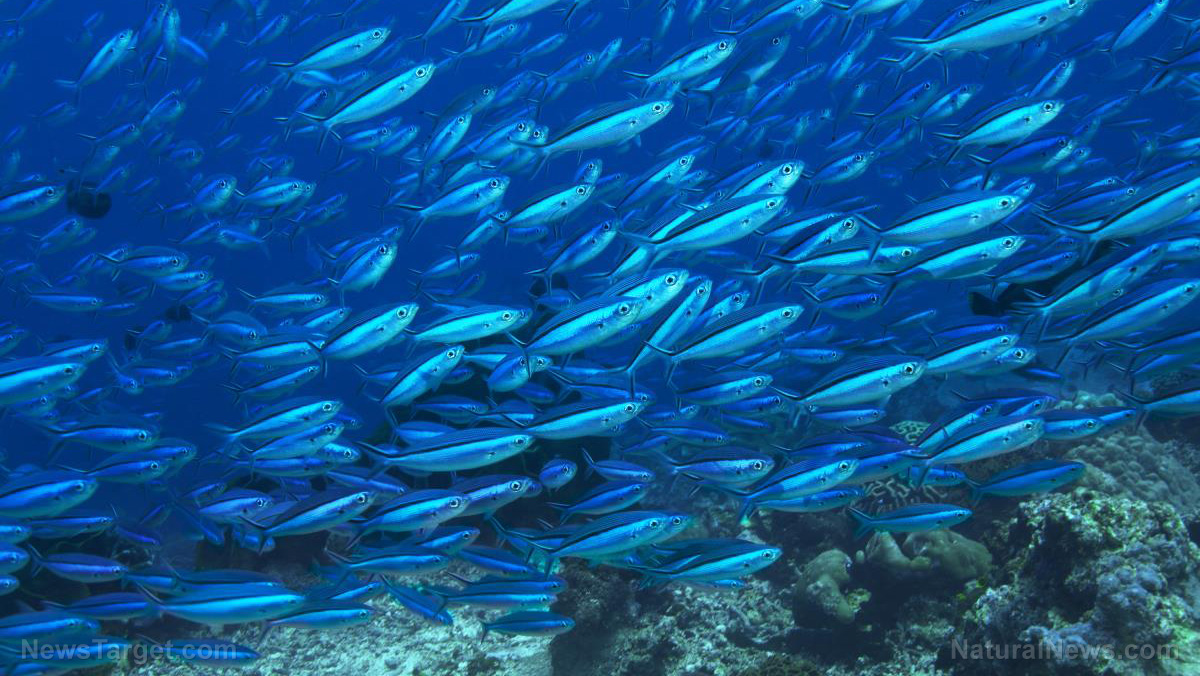The appearance of deep-sea fish in Japanese shallow waters DOESN’T mean an earthquake is about to occur, explain scientists
02/06/2020 / By Arsenio Toledo

According to Japanese folklore, deep-sea fish such as oarfish, ribbonfish, dealfish and crestfish appearing in shallow waters foretells of an impending disaster, such as a tsunami, an earthquake or both. However, a statistical analysis of deep-sea fish sightings in Japan has now proven that this is not true.
In a study published in the Bulletin of the Seismological Society of America, researchers found that, out of 336 fish sighting and 221 earthquakes, only one sighting can even be plausibly correlated. Because of this, the researchers believe that they have debunked this age-old Japanese belief.
The study used recorded data of deep-sea fish appearances and earthquakes between November 1928 and March 2011. They investigated if deep-sea fish appearances that happened between 10 to 30 days ahead of an earthquake that occurred between 31 to 62 miles away (50 to 100 km) were connected with each other. Furthermore, the researchers confined their search to earthquakes that had a magnitude of 6.0 or higher on the Richter scale. Yoshiaki Orihara, one of the study researchers and professor at Tokai University in Tokyo, explained that it’s these kinds of earthquakes that have been linked to “precursor phenomena like unusual animal behavior in previous reports.”
According to their search parameters, there were exactly zero instances of deep-sea fish appearances before an earthquake of a magnitude 7.0 or higher, and there were no earthquakes with a magnitude of 6.0 or higher that occurred within 10 days of a deep-sea fish sighting.
Orihara and his team began their research thinking that, if the traditional beliefs were true, it could aid in Japan’s disaster risk management efforts, since systems can be developed to collate deep-sea fish sighting data and help authorities plan accordingly.
“From this motivation,” Orihara said, “we started compiling the event catalog for statistical data. There were some previous papers to survey deep-sea fish appearances. However, their reports were insufficient for a statistical study.” Orihara and his team focused on newspaper articles that mention deep-sea fish sightings.
Nothing to fear from deep-sea fish sightings
Orihara hopes that their study will have a massive impact into how Japanese society views sightings of deep-sea fish in shallow waters.
Deep-sea fish sightings often raise concerns or even cause a panic among the Japanese populace. Between January and February of 2019, for example, around a dozen oarfish sightings heightened anxieties, and could have caused mass hysteria if experts and government authorities hadn’t reassured people that there was no direct correlation between the “messengers from the sea god’s palace,” as they are called in Japanese, and natural disasters. (Related: Japan’s grocery store shelves stripped bare in mere hours after earthquake… Panic buying always results in zero inventory… Do you have emergency food?)
Researchers speculated that oarfish move to shallow waters in response to electromagnetic changes that occur during tectonic movements. However, the research done by Orihara and his team has not been able to find evidence to support this theory. Orihara himself stated that “many oarfish were found in the Sea of Japan in the winter of 2009, but nothing happened.”
Oarfish, such as the ones sighted along the coast of Japan, can grow as long as 18 feet in length. It’s believed to live in the northern Pacific at a depth of around 200 m, which is what makes its appearance in shallow waters very unique. Even Japanese fishermen rarely catch them in their fishing nets.
Since Orihara and his team’s work has debunked traditionally held beliefs, some researchers now want to figure out if oarfish sightings could simply be due to changes in the ecosystem.
Sources include:
Tagged Under: animals, deep sea fish, Earthquakes, Ecology, environment, Japan, Japanese folklore, Japanese tradition, marine life, natural disaster, Oceans, wildlife
RECENT NEWS & ARTICLES
COPYRIGHT © 2017 REAL SCIENCE NEWS




















